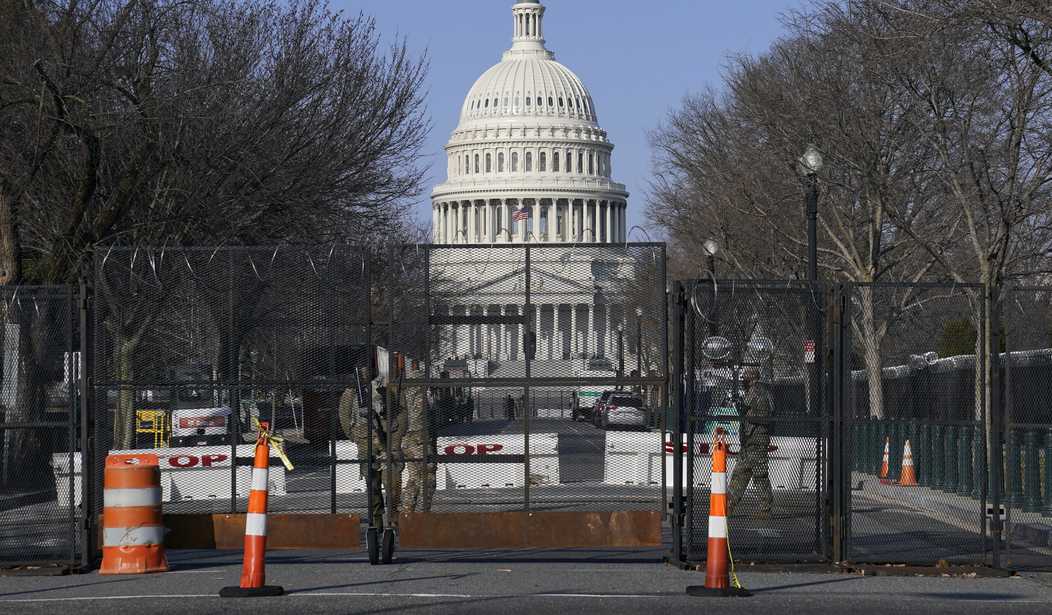The Trustees Report for the Social Security Trust Funds was released on August 31, 2021, and within hours, more than 270 pages of financial information was condensed into a single sentence.
“Based on the latest Social Security Trustees Report, the combined OASDI program will be insolvent by 2034, at which point there will be only enough incoming revenue to pay out 76% of scheduled payments.”
It is not hard to fault the average reader if he or she believes this blurb means that Social Security is the same train coming down the same track only it is a little bit closer. As you read the report, on the other hand, a very different meaning to the words takes shape: The train is 40 percent larger than it was two years ago, traveling faster on less stable tracks.
In the latest Trustees Report, the shortfall (or the gap between what the program has promised and what it expects to collect over the next 75 years) grew by 18 percent from $16.8 trillion to $19.8 trillion. In 2020, the program generated $2.9 trillion. Over just two years, the program’s broken commitments have collectively increased by roughly 40 percent.
Another way to express this dysfunction is to say: for every $1 the program collected, it generated more than $3 of promises that no one expects it to keep.
“Although the Trustees assert that COVID-19 and the ensuing recession had “significant effects” on Social Security’s finances, it is hard to see much of an impact in the report.” Alicia Munnell Director of the Center for Retirement Research
Believe it or not, the latest report says that the wage base grew in 2020. So, the cost of COVID-19 to the program in payroll taxes over the course of 2020 was about $35 billion. If that figure is correct, the overall wage base generated roughly $15 billion more in 2020 than it did in 2019.
While that may not sound exciting, it is pretty big news because it means that average wages rose. Keep in mind, the average index determines how much retirees get paid, and the size of the tax bite on workers. It is essentially the gear shaft of the car.
The final number means that workers in total, by and large, did as well in 2020 as they did in 2019, when the national unemployment rate hit lows not seen in 50 years. The increase in the average wage index (AWI) means we had roughly the same number of workers who did slightly better in terms of wages, collected as much in overtime or commissions, and worked for employers who were as generous with year-end bonuses.
The driver of the AWI is wages earned above the cap on taxable wages. While these workers account for 6 percent of the wage index, their earnings make up nearly 30 percent. So, this figure suggests that the boss did pretty well.
The driver of the shortfall is the passage of time. Over the course of 2020, the program generated $700 billion in unfunded liabilities as a result of moving the valuation date forward by a year. If Congress continues to follow the path of inaction, the cost will be higher next year and even more the year after. The passage of time means that when Congress viewed the Trustees Report of 2021, it was already more than $400 billion out of date.
In response to the news, the Trustees assured voters that “Lawmakers have many policy options that would reduce or eliminate the long-term financing shortfalls in Social Security.” The numbers, on the other hand, tend to suggest that the program on which millions depend has sailed off the map into unchartered waters. In fact, the growth of the system’s dysfunction has obsolesced every policy option under consideration almost overnight. We really do not even know the efficacy or costs of the pieces and parts of these plans in the post-COVID-19 world.
To illustrate, Rep. John Larson (D-CT) sponsored legislation known as the “Social Security 2100 Act” back in 2019. While the media continue to use it as an example of a solution, it was designed to address a problem that was $6 trillion smaller in an economy that was experiencing 2 percent inflation. Last December, Larson’s office announced he would be working on a joint plan with the Biden administration called “Social Security: A Sacred Trust.” The Trustees Report means that job just got $3 trillion more difficult.
Brenton Smith is an economist and a policy advisor for The Heartland Institute. He has written about Social Security reform for 10 years, and his work has appeared in numerous publications, including Barron’s, Forbes, MarketWatch, The Hill, and USA Today.














Join the conversation as a VIP Member